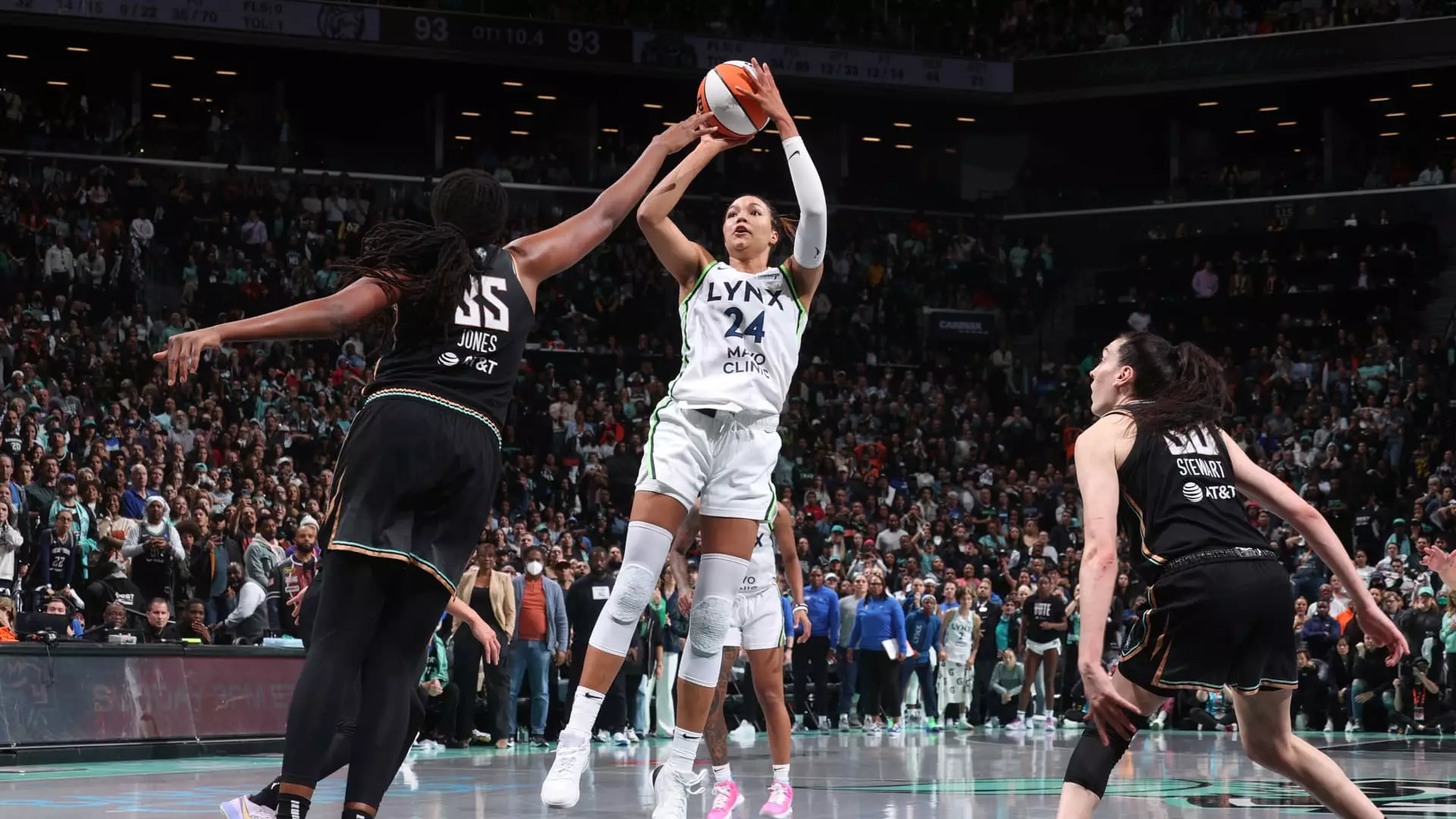The WNBA is undeniably taking a daring leap forward, unveiling plans to expand its footprint from 13 teams to an impressive 18 over the next five years. Awarding new franchises to Cleveland, Detroit, and Philadelphia is being hailed by league officials as a historic milestone. Yet, beyond the celebratory headlines, one must critically examine whether this aggressive expansion strengthens the league’s long-term viability or risks stretching its resources too thin, ultimately undermining its hard-fought progress.
The Expansion Frenzy: A Double-Edged Sword
Commissioner Cathy Engelbert’s description of the announcement as a “truly monumental day” resonates with enthusiasm, but also raises eyebrows. The WNBA is riding a wave of growing popularity — increased media attention, better sponsorship deals, and a more engaged fanbase — yet expanding by nearly 40 percent in just five years is an unprecedented move in the league’s short history. Rapid growth often comes with growing pains: diluted talent, logistical challenges, and potential market oversaturation. While the infusion of new franchises could invigorate the league, it risks overwhelming existing structures and creating instability in a sport still fighting for solid footing in the broader American sports landscape.
Choosing Cleveland, Detroit, and Philadelphia: Nostalgia over Pragmatism?
The selection of Cleveland and Detroit—to some extent, a nod to basketball’s rich past in those cities—is steeped in nostalgia. Cleveland once had the Rockers; Detroit boasted the Shock, both of which shuttered due to financial and attendance woes. Reviving these markets could rekindle community interest and restore lost legacies, but it’s not without risks. Historical struggles with profitability raise the question: what has fundamentally changed since those previous teams folded?
Philadelphia’s inclusion, backed by an ownership group with deep NBA ties through the 76ers and Comcast, appears financially robust. Yet, if the previous two cities can’t sustain their teams, Philadelphia’s success may hinge largely on its ability to avoid the pitfalls that doomed its counterparts.
The $250 Million Price Tag: A Barrier or a Boon?
Impressively high franchise fees demonstrate the WNBA’s growing clout, with each new team paying $250 million to join. On the surface, this influx of capital could turbocharge the league’s expansion efforts, ensuring committed owners and robust financial backing. But one must question if this hefty price inadvertently raises barriers, favoring wealthier investors who may prioritize profit over authentic community engagement.
Furthermore, the substantial fees set a precedent that might discourage organic, grassroots growth and place enormous pressure on new teams to generate immediate returns. This could compromise the league’s long-term development strategy, where steady fan cultivation and sustainable growth should arguably trump quick financial gains.
Navigating Future Expansion and the Uncertain Market
The WNBA’s expansion invites scrutiny about which cities were passed over and why. Markets like Houston and Miami, which submitted bids, have demonstrated enthusiasm for women’s sports in other arenas and show demographic growth supportive of professional leagues. Commissioner Engelbert’s acknowledgment that Houston remains “on the radar” suggests more expansions are in the pipeline, but also signals that the league is selectively cautious—a wise approach given the industry’s history.
The tension between embracing growth and exercising patient stewardship is palpable. The league must avoid repeating past missteps in women’s basketball expansion: building hype without ensuring robust, lasting foundations is a recipe for transient fads rather than permanent franchises.
The Cultural and Social Stakes of Expansion
Basketball is more than a sport; it carries cultural weight in the cities involved. Detroit and Cleveland, with their economic challenges and historical underinvestment in women’s sports, symbolize broader social issues. Giving these cities a professional WNBA team represents an opportunity to champion gender equity and urban revitalization, linking sport to social progress.
Yet, expansion is not a cure-all. Without comprehensive community engagement, accessible youth programs, and genuine marketing efforts tailored to local diversity, the new franchises risk becoming mere tokens. True success requires embedding women’s basketball as an integral part of the social fabric—not merely a high-profile franchise operation.
The WNBA’s plan to expand rapidly into Cleveland, Detroit, and Philadelphia is undoubtedly ambitious and could galvanize the league’s stature in the sporting world. However, this bold move carries significant risks: excessive fragmentation of talent, financial overreach, and the possibility of repeating familiar mistakes in markets that failed before. Expansion should be a tool for strengthening women’s professional basketball, but it must be tempered with realism and strategic patience—qualities essential to safeguarding the league’s future in the ever-competitive sports ecosystem.

